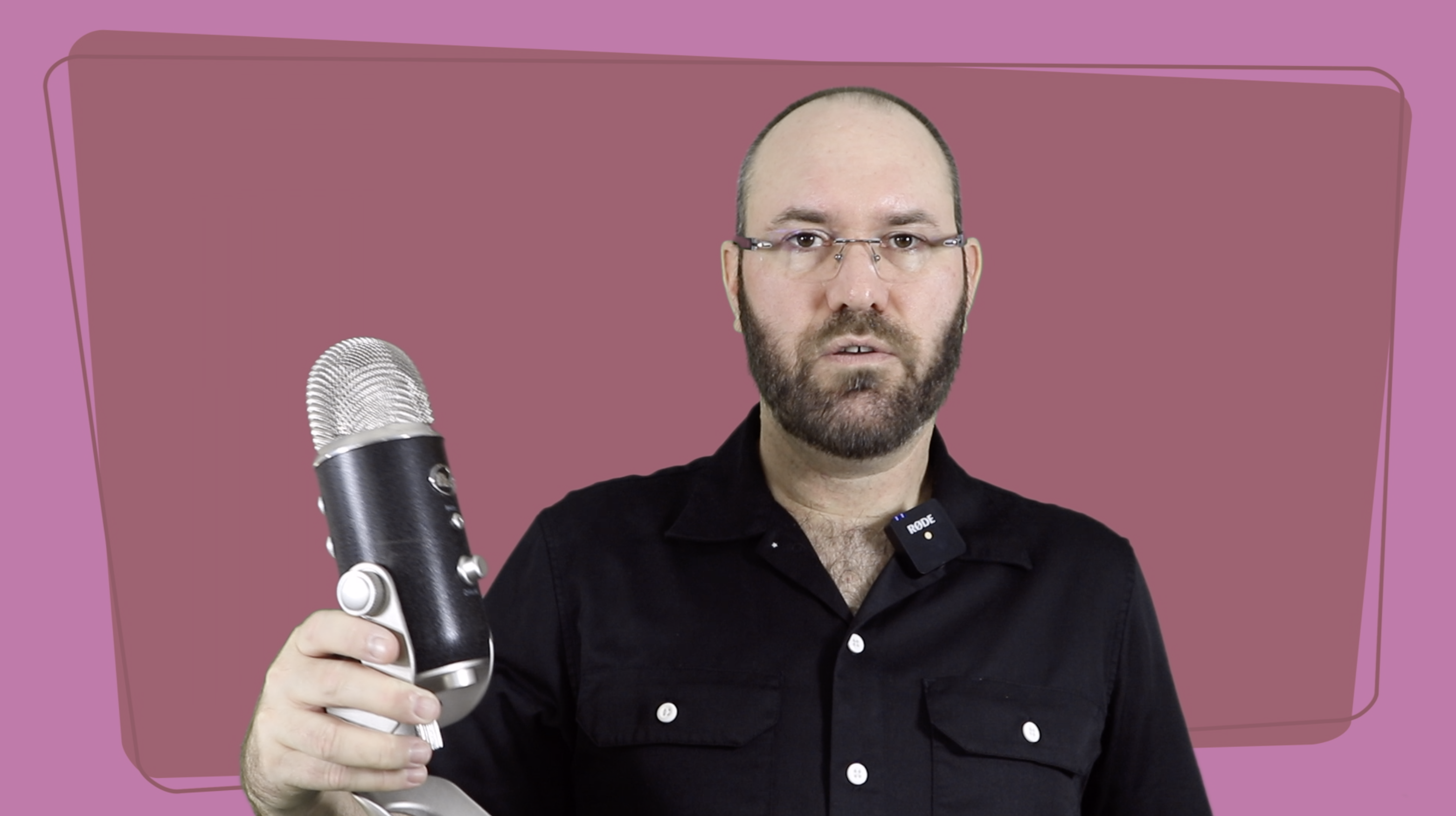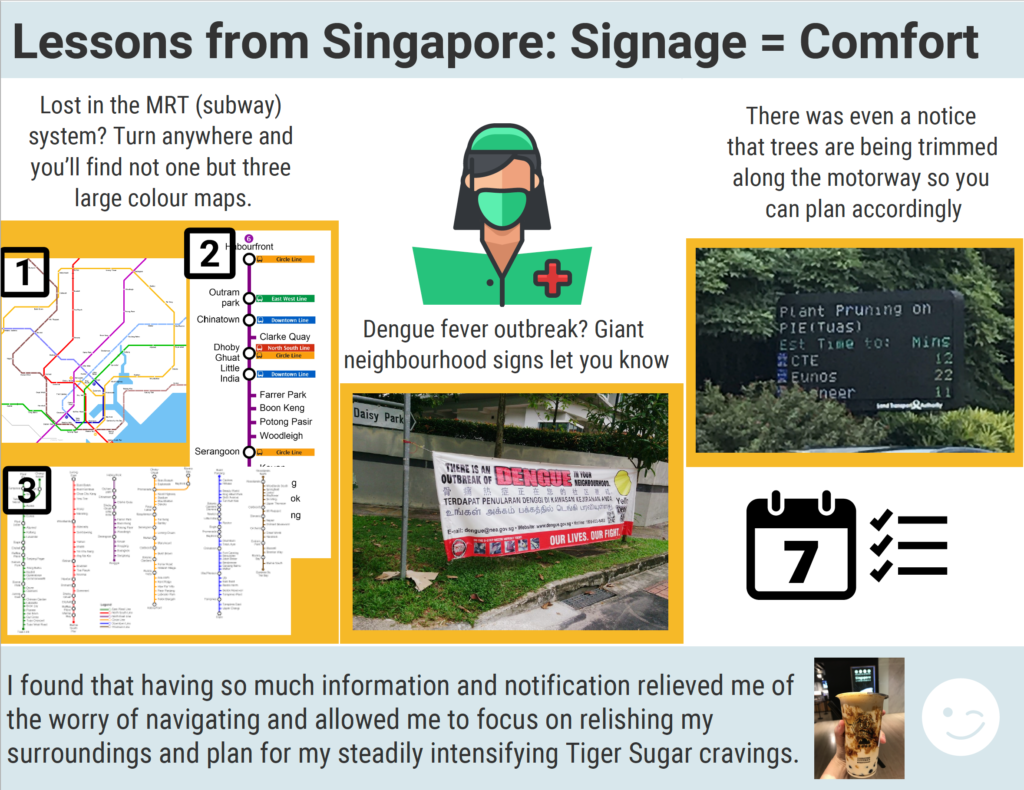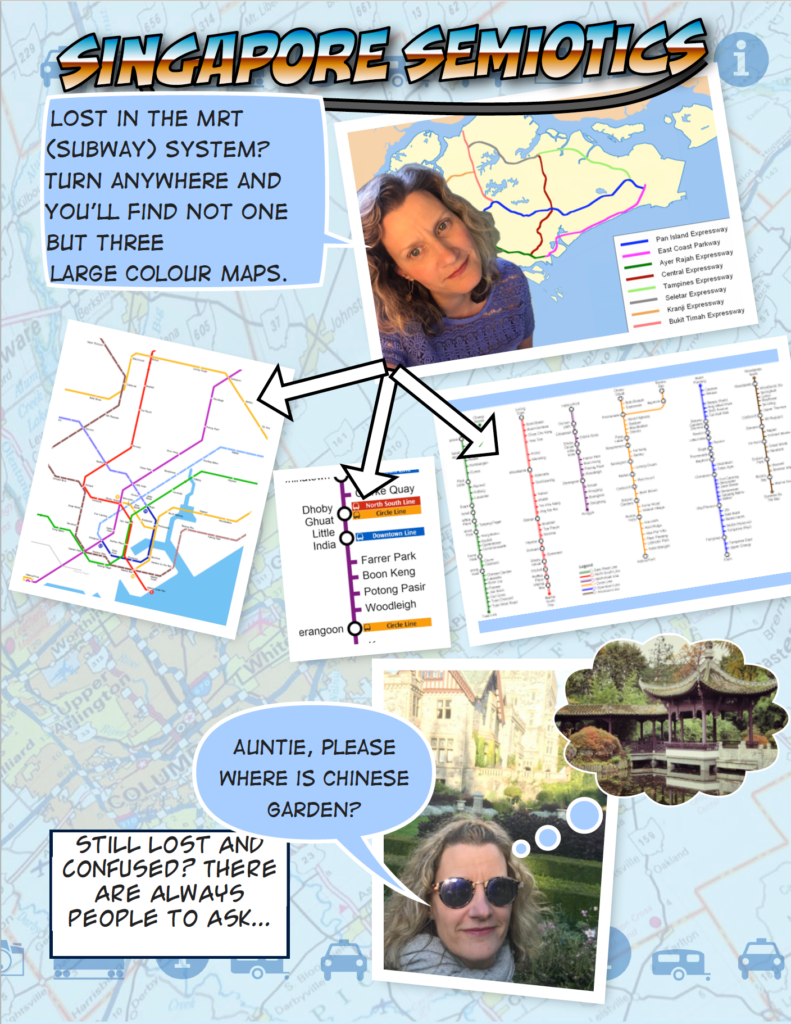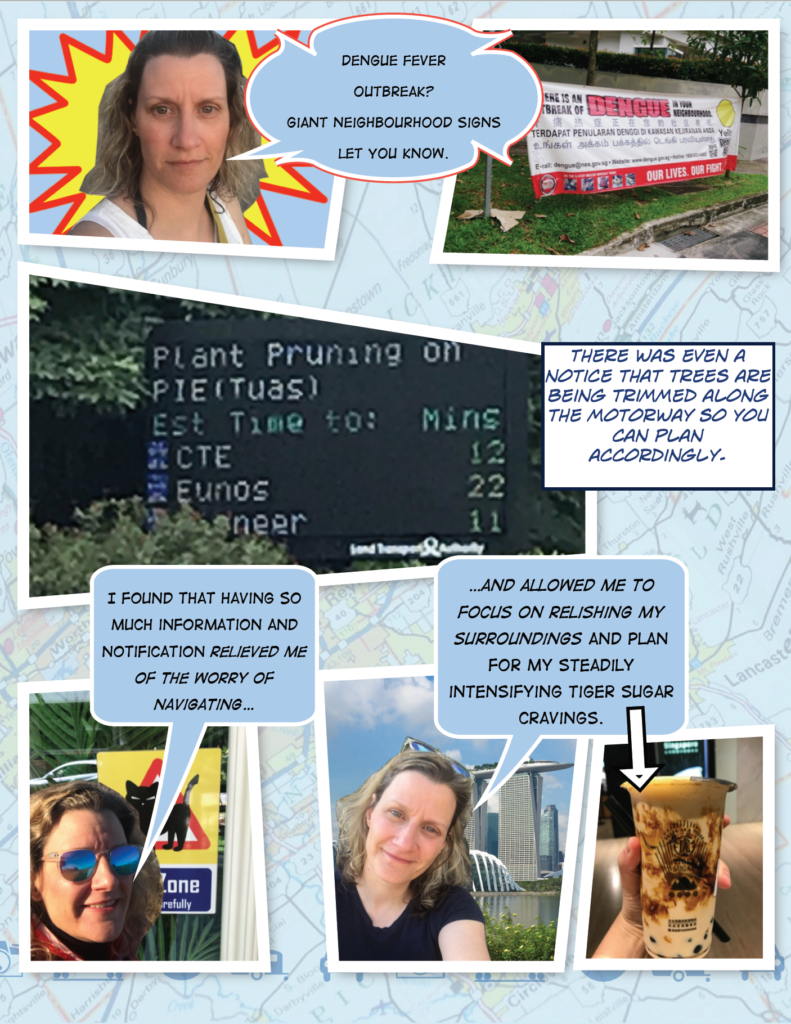The Universal Design for Learning framework came out of a synthesis of thousands of findings on the varied ways that people learn. It continues to help us understand learning beyond stimulus-response, reward and punishment, and a delivery model of education that has expert instructors filling student minds with content. It emphasizes the importance of developing expert learners over delivering content, teaching to the margins rather than aiming toward the norm, and helping us reverse our thinking about teaching; looking at the design of curriculum rather than looking at the student.
The framework is divided into three pieces: Engagement (the why of learning), Representation (the what of learning), and Action and Expression (the how of learning). We look at engagement because we know that learning pivots on experience and attention and persistence. Representation is there because the way concepts exist and are conveyed in their spectrum of visual, auditory, hierarchical, and connected ways matters.
Why action and expression? Why does it matter the way students demonstrate what they have learned?
Gordon and Seanna have some thoughts first and then we’re going to show you what we mean.
Seanna 
Action and expression to me, are why UDL has been everything to students with disabilities. Action and expression are sweet freedom. They are the casting off of cruel writing shackles and the vice grip of class presentations. My background is in research and intervention for students with language-based learning disabilities. I have spent many years teaching children, teens, and young adults with language-based learning disabilities and the inevitable overlaps with mental health. Action and expression for these folks has meant acceptable alternatives of assessment: video-making, portfolios, drawing, painting, vivid storytelling and photography. Action and expression in UDL means, finally, colour to great experiences that only got dismal scratches and 400 eraser marks on paper. Finally, a me that can be proud of what I know my mind can do. The research behind UDL found that multiple paths to demonstrating knowledge and choice around that demonstration meant that many students could show what they know and I have seen that vividly, first hand.
Gordon
UDL is a lifeline for learners like me. I am a composer who thinks visually; my synesthesia allows me to see shapes and colours when I hear sound. This makes me a great collaborator for choreographers and filmmakers, but it didn’t necessarily make me a good music student. I was continually standing on the edge of the curricular boundaries set by my instructors. The number of times I was granted special permission to complete an assignment in my own way was second only the amount of times I was denied and forced to do what everyone else was doing. But creativity and innovation trump the status quo, and I was able to enhance my own post-secondary experience by producing and delivering unique assignment interpretations to my professors. I often had to create my own learning path because the obvious answer didn’t make sense, and when granted permission to interpret assignments using my authentic voice, my professors were almost always delighted by my ‘translation’ of their assignments. The onus, however, was often on me to approach my professors with a strong proposal that presented a clear justification for my deviation from the norm.
As a graduate student attempting to create a thesis exploring the transformative potential of music video production for at-risk inner-city youth, I struggled in my attempts to represent this powerfully multimodal work on an 8 and a half by 11 inch page covered with text and still imagery. UDL would have been a welcomed addition to my process but the academy still rewards those who thrive in a world governed by white paper, black text, font size 12, and APA citation. That indeed, for some of us, is a one-way ticket to expressional suffocation. A UDL approach to learning makes room for all voices and sees deviation from traditional modes of expression as an asset.
We are going to show you, up close and personal, what a product of a UDL collaboration looks like. When we mash up educational media production and UDL, we can offer you an opportunity to experience the action and expression component of the UDL framework first hand. You’re going to see what happens to your own cognition, engagement, and feelings about content as we illustrate how one can shift from print to photos to video to animation to interactive content. Think about the different modes of media; their richness and their persuasiveness. Experience what feels right to you. Seanna loves print and music. Gordon loves video, soundscape and collage. Where do you fit? Where does your critical thinking happen? What surprises and delights you? What ignites you?
Let’s Talk About Content
We wanted to illustrate how traditional written text can activated (Action) and expressed (Expression) through the lens of UDL. For example, here is an excerpt from Dr. Takacs’ blog post “Lessons from Singapore” that we will express in UDL fashion by representing the text in multiple ways. Which one of the artifacts resonates with you and why? Which would you rather create/submit, and which would you rather receive/assess … and why? This is the answer to the question that UDL asks every educator.
Example sequence:
Lost in the MRT (subway) system? Turn anywhere and you’ll find not one but three large colour maps. Still lost and confused? There are always people to ask (“Auntie, please where is Chinese Garden?”). Dengue fever outbreak? Giant neighbourhood signs let you know. There was even a notice that trees are being trimmed along the motorway so you can plan accordingly. I found that having so much information and notification relieved me of the worry of navigating and allowed me to focus on relishing my surroundings and plan for my steadily intensifying Tiger Sugar cravings.
Action and Expression Realized
Here are a number of different interpretations of this text. Again, ask yourself the following questions as you view each example: Which one of the artifacts resonates with you and why? Which would you rather create/submit, and which would you rather receive/assess … and why?
Example 1: Seanna’s original blog post
Example 2: Infographic

Example 3: Graphic Novel Style


Example 4: Narrated Video (PowerPoint Style)
Example 5: Talking Head Video
Example 6: Animation Video
Example 7: Interactive H5P Presentation
A UDL approach to education allows you and your students trade in your fixed mindset for a growth mindset. The emergent hattrick of engagement, representation and action/expression allows you play your best game in your favourite attire. Instead of playing for Team Outsider, Team Weirdo or Team Difficult Student, you can take a first draft position on Team Disruptor, Team Influence, or Team Innovation Nation. Every student can pick the position on the field that they want to play and perform virtuosically – and – educators witness performances by the entire cast and crew of the musical and not just the playwright. It’s a world where the Island of Misfit Toys learns to become the Island of Most Fit Toys. When our students learn to speak in their most authentic voice, we receive the most authentic expression of their knowledge. It’s an intriguing page-turner, and I’m ready to read the next chapter. I’ll have in hard cover please.